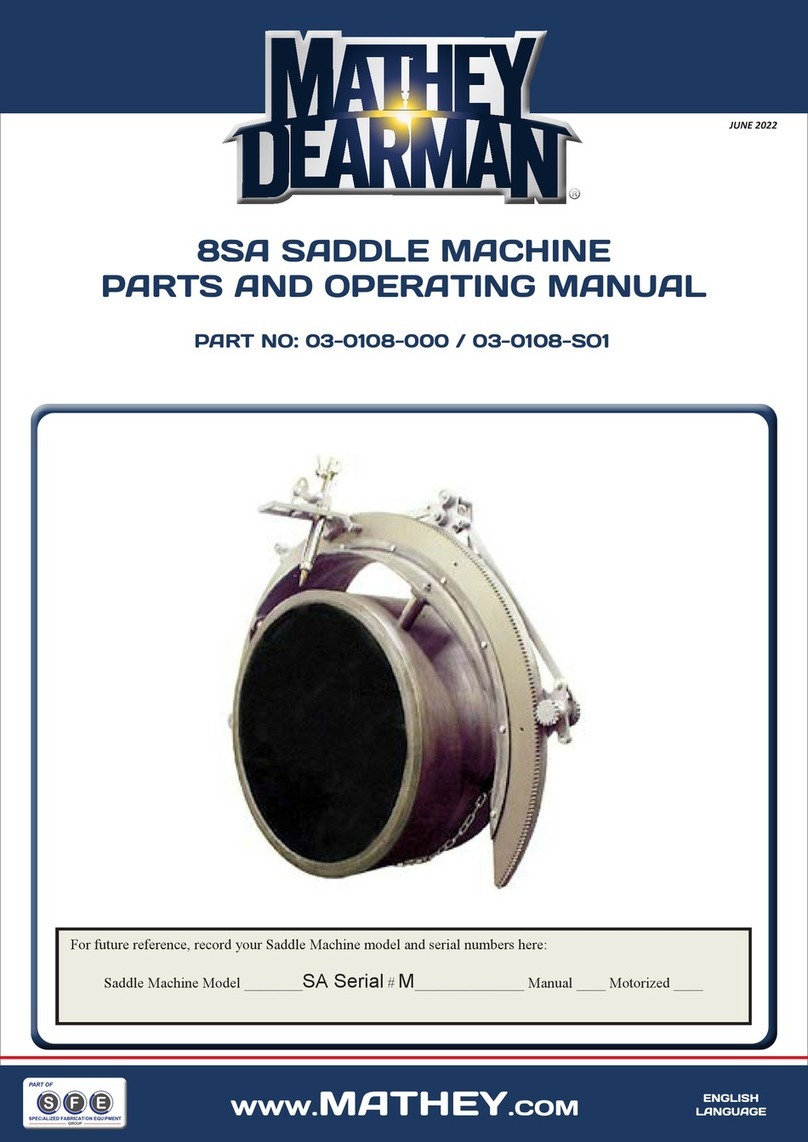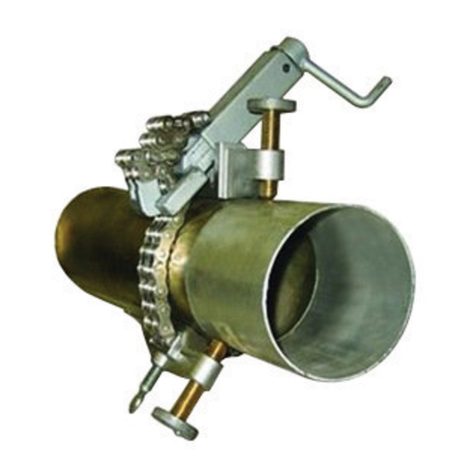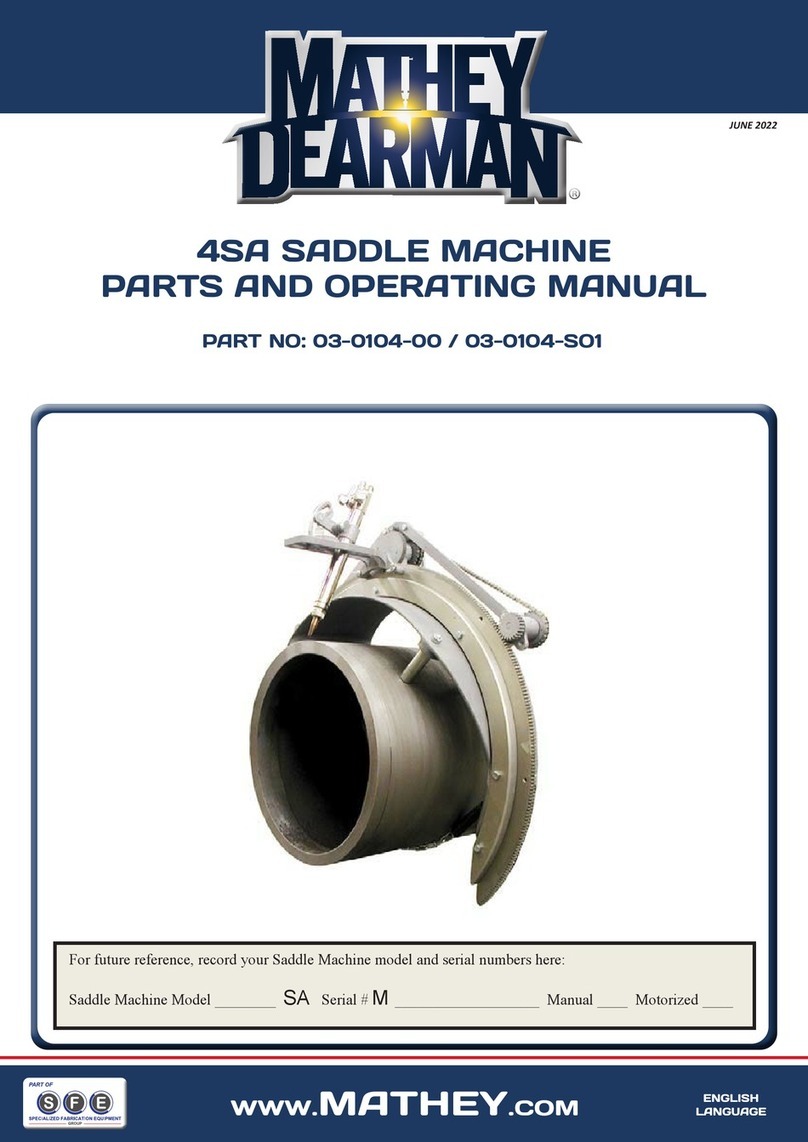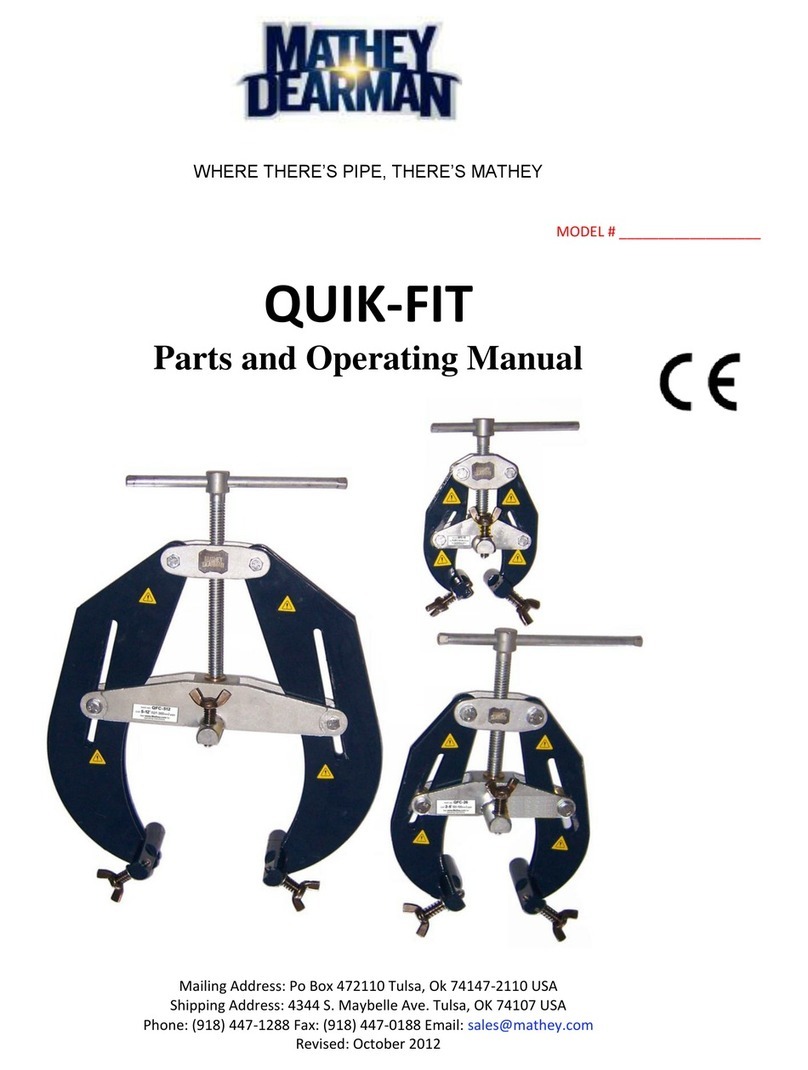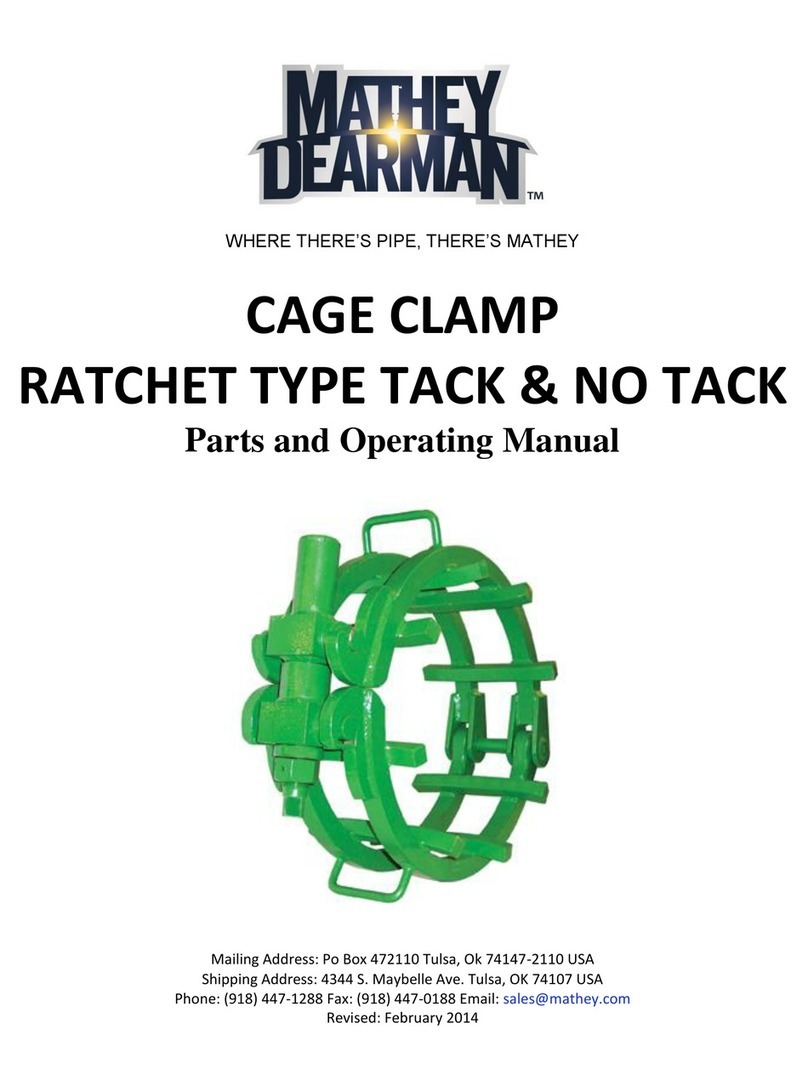
6
Refer to the following standards or their latest revisions for more information:
• OSHA, SAFETY AND HEALTH STANDARDS, 29CFR 1910, obtainable from the Superintendent of Documents, U.S. Government
Printing Office, Washington, D.C. 20402
• ANSI Standard Z49.1, SAFETY IN WELDING AND CUTTING, obtainable from the American Welding Society, 550 N.W. Lejeune
Rd, Miami, FL 33126
• NIOSH, SAFETY AND HEALTH IN ARC WELDING AND GAS WELDING AND CUTTING, obtainable from the Superintendent of
Documents, U.S. Government Printing Office, Washington, D.C. 20402
• ANSI Standard Z87.1, SAFE PRACTICES FOR OCCUPATION AND EDUCATIONAL EYE AND FACE PROTECTION, obtainable from
American National Standards Institute, 1430 Broadway, New York, NY 10018
• ANSI Standard Z49.2, FIRE PREVENTION IN THE USE OF CUTTING AND WELDING PROCESSES, obtainable from American
National Standards Institute, 1430 Broadway, New York, NY 10018
• AWS Standard A6.0, WELDING AND CUTTING CONTAINERS WHICH HAVE HELD COMBUSTIBLES, obtainable from American
Welding Society, 550 N.W. Lejeune Rd, Miami, FL 33126
• NFPA Standard 51, OXYGEN-FUEL GAS SYSTEMS FOR WELDING, CUTTING AND ALLIED PROCESSES, obtainable from the
National Fire Protection Association, Batterymarch Park, Quincy, MA 02269
• NFPA Standard 70, NATIONAL ELECTRICAL CODE, obtainable from the National Fire Protection Association, Batterymarch
Park, Quincy, MA 02269
• NFPA Standard 51B, CUTTING AND WELDING PROCESSES, obtainable from the National Fire Protection Association,
Batterymarch Park, Quincy, MA 02269
• CGA Pamphlet P-1, SAFE HANDLING OF COMPRESSED GASES IN CYLINDERS, obtainable from the Compressed Gas
Association, 1235 Jefferson Davis Highway, Suite 501, Arlington, VA 22202
• CSA Standard W117.2, CODE FOR SAFETY IN WELDING AND CUTTING, obtainable from the Canadian Standards Association,
Standards Sales, 178 Rexdale Boulevard, Rexdale, Ontario, Canada M9W 1R3
• NWSA booklet, WELDING SAFETY BIBLIOGRAPHY obtainable from the National Welding Supply Association, 1900 Arch
Street, Philadelphia, PA 19103
• ANSI Standard Z88.2, PRACTICE FOR RESPIRATORY PROTECTION, obtainable from American National Standards Institute,
1430 Broadway, New York, NY 10018
IN ADDITION TO THE ABOVE PROCEDURES, ALL SHOP, NATIONAL AND MANUFACTURER’S SAFETY INSTRUCTION
CONCERNING THE FLAME CUTTING SYSTEM SHOULD BE FOLLOWED. ALL CUTTING OPERATIONS SHOULD BE CONDUCTED IN
THE BEST OF SAFETY CONDITIONS.
